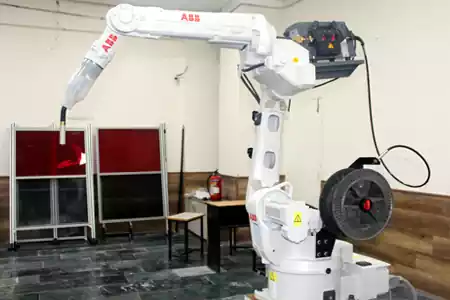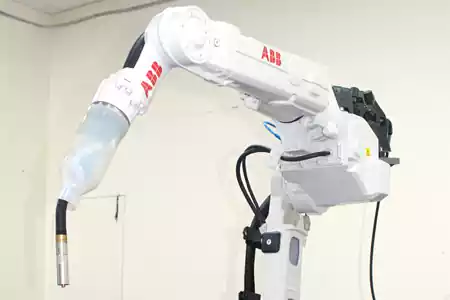ABB Centre for Robotic Welding was setup in partnership with ABB by G.L. Bajaj Institute of Technology and Management, in order to provide a world class exposure to the changing production scenario in industries.
The center is brought so that the students can learn how to apply the knowledge about Basics of Robotics and manufacturing processes for adjusting in the modern day manufacturing methods used by industries, which inherently involve the use of Robots for manufacturing.
We aim to make the students ready for actual industry level jobs, so that the students graduate as an individual who knows how exactly an industry works, specifically in the field of manufacturing.
We offer training and development of students in the field of manufacturing utilizing state of the art controllers by ABB. The team focuses on providing students the ability to use the modern as well as traditional concepts of manufacturing.
Learning Objective
This course unit introduces undergraduate students to robotic systems covering multi-link robotic systems, mobile robotic systems, actuators, sensors, biologically inspired robotics and machine learning techniques. The main aim is to give students an introduction to the field, historic background, development and current cutting edge research points, as well as a practical introduction how to move and control robots. The course unit is practical, and students will be given access to robots for exercises.
Learning Outcomes
At the end of the course unit students will be able to:
1. Undertake kinematics analysis of robot manipulators
2. Understand the importance of robot dynamics
3. Have an understanding of the functionality and limitations of robot actuators and sensors
4. Understand and be able to apply a variety of techniques to solve problems in areas such as robot control and navigation
5. Describe different mechanical configurations of robot manipulators
6. To be able to program a robot to perform a specified in a target environment.
7. Understand how simulations of robots work, where they can be useful and where they can break down.
8. Appreciate the current state and potential for robotics in new application areas.

